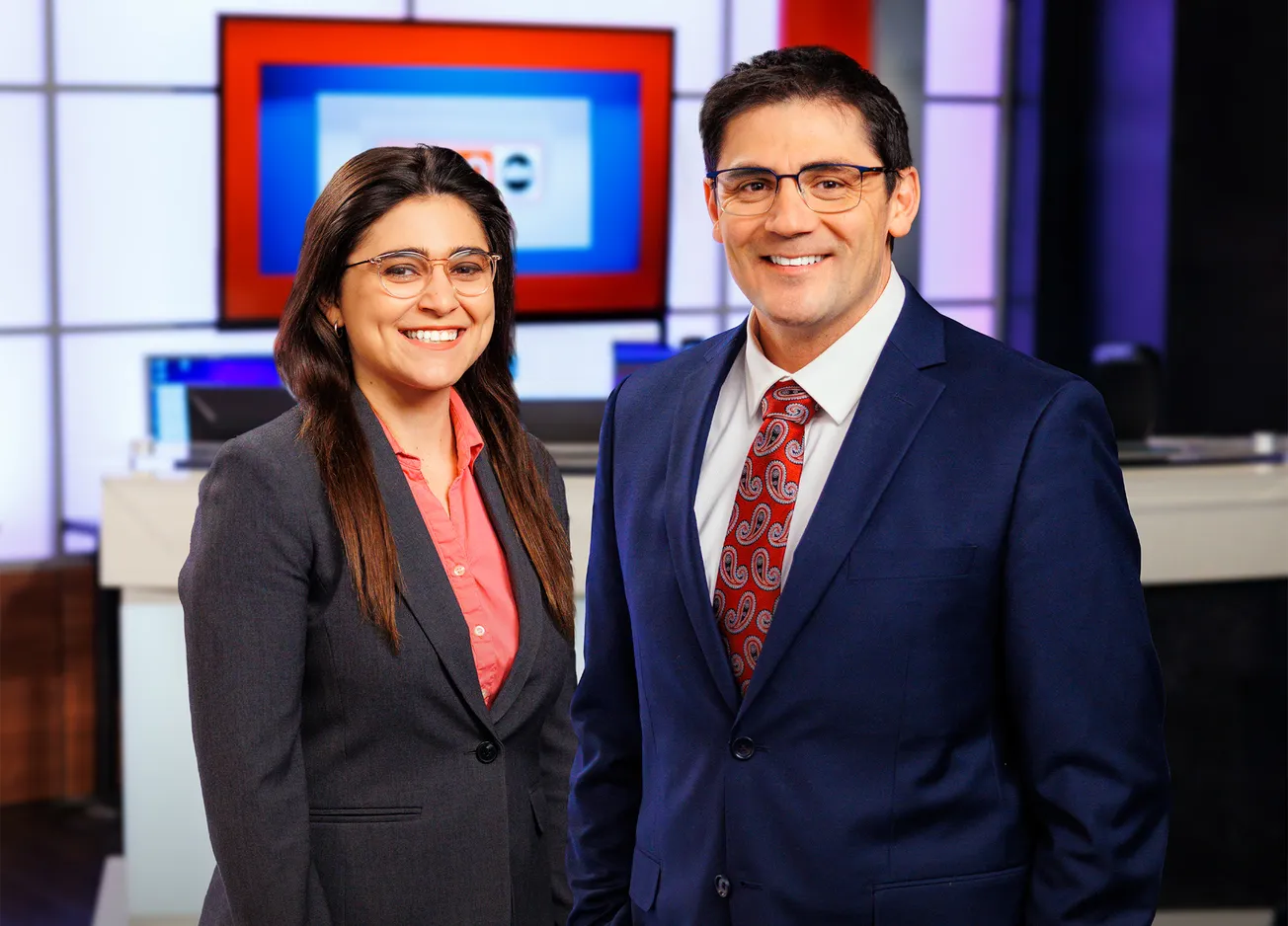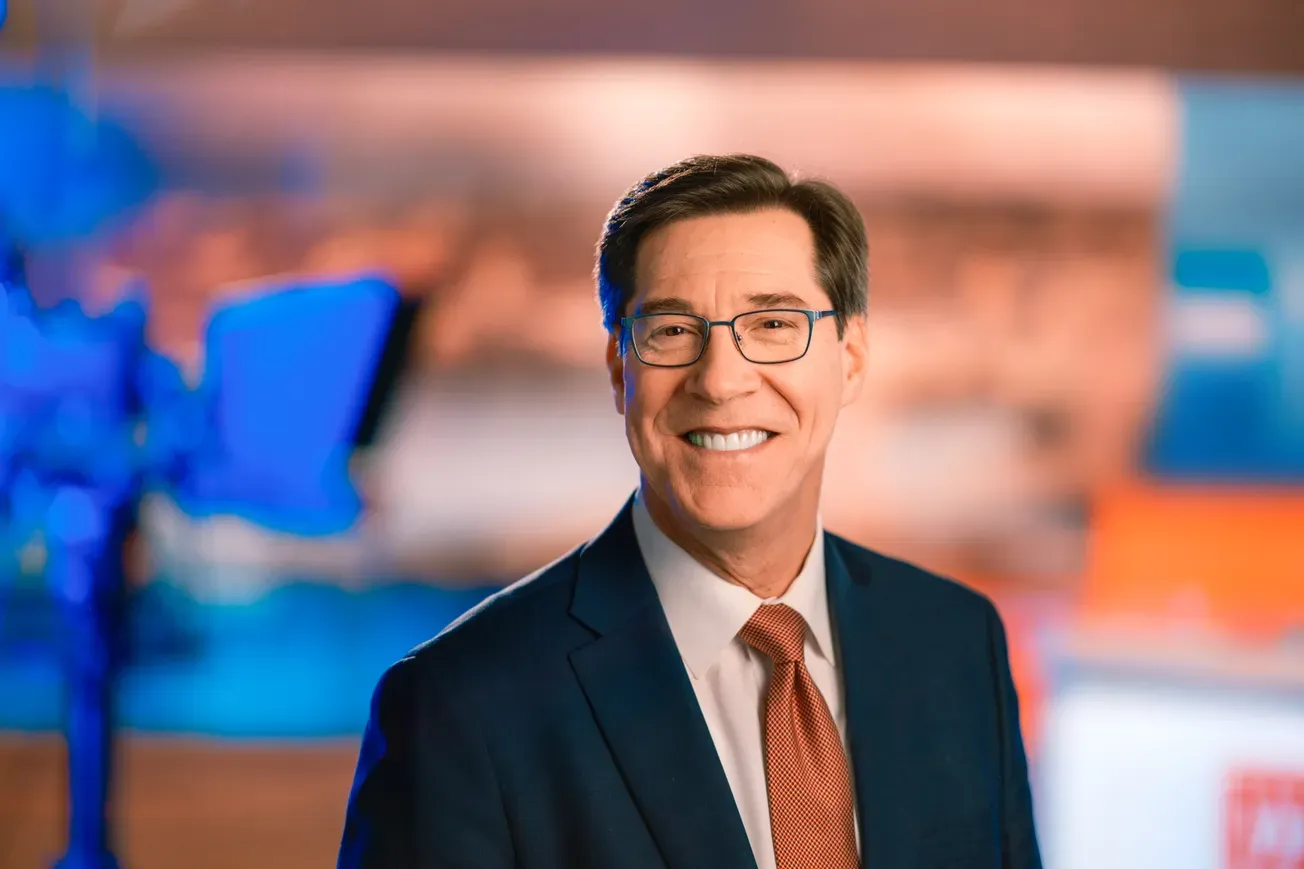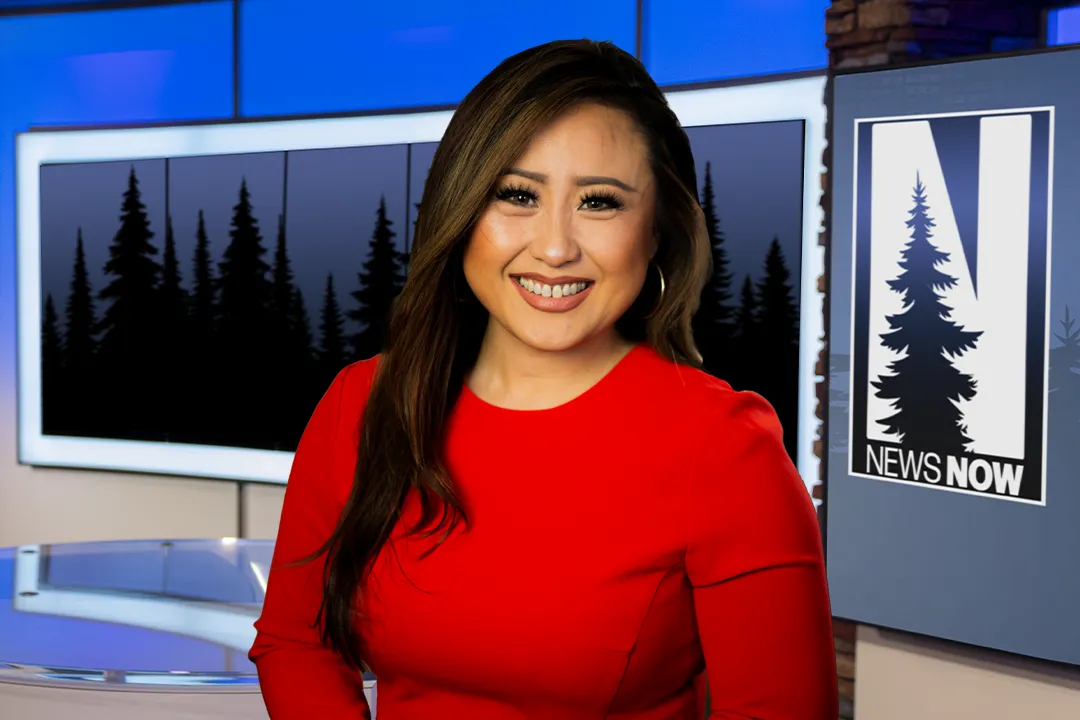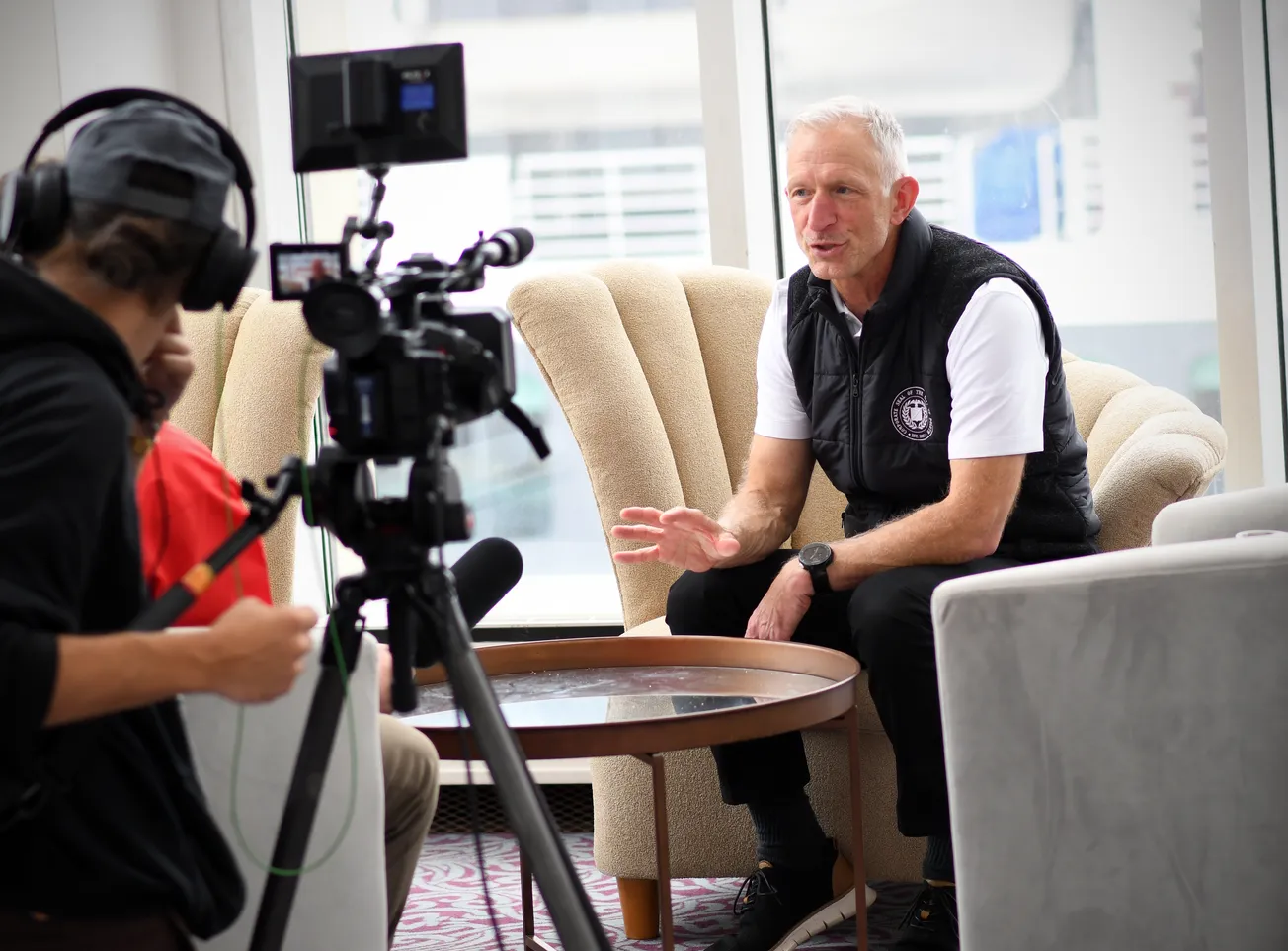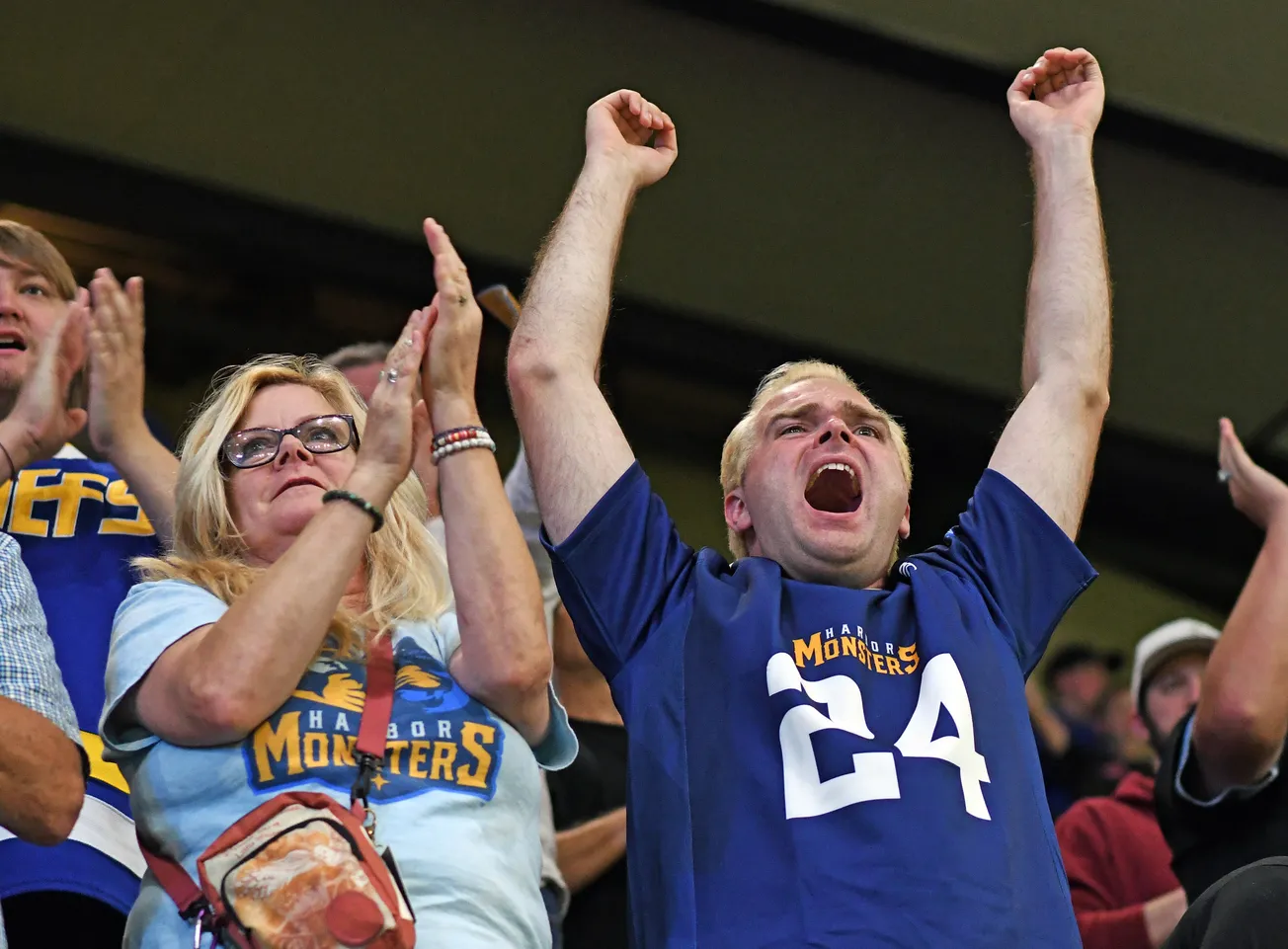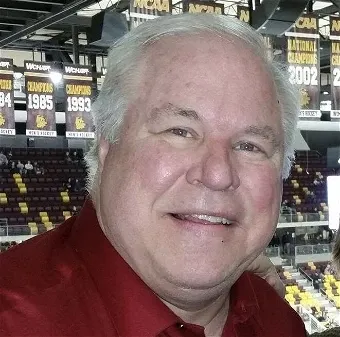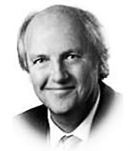
Howie's column is powered by Lyric Kitchen · Bar
When thunder shakes the windows and Lake Superior starts breathing whitecaps, people here still do what they’ve done for generations — turn on the TV and wait for the local weather voice to tell them what’s next. It’s an old ritual, born of lake fog and freezing rain, and it still matters.
But what matters even more is who’s doing the talking.
In the Duluth-Superior television market, only two weathercasters — WDIO’s Justin Liles and Sabrina Ullman — hold credentials from the American Meteorological Society.
Ullman carries the top-tier Certified Broadcast Meteorologist (CBM) designation, earned through college-level atmospheric science courses, a grueling national exam, and an ongoing commitment to continuing education.
Liles, the station’s chief, holds the earlier AMS Seal of Approval — a credential that predates the CBM but still reflects professional mastery.
That’s it. Two people in a region where weather isn’t just background noise but the daily story.
“We are so fortunate and proud to have not one but two AMS-certified meteorologists," said Debra Messer, WDIO's Vice President and General Manager. "Justin and Sabrina have the passion and dedication needed to provide incredible forecasting to our community.”
Across the nation, AMS certification has quietly become the gold standard for serious forecasters. It’s not required by law, and plenty of gifted communicators have made fine careers without it.
But the seal signals something deeper — that the person behind the Doppler graphic has studied thermodynamics, understands how numerical weather models work, and can explain a mid-latitude cyclone without needing cue cards. It’s proof that this isn’t just television — it’s science.
In an era of weather apps, influencers, and algorithmic forecasts, that distinction carries real weight. Viewers may never notice the small AMS logo in a station bio, but they sense the difference when a forecaster explains why a storm split or why a system stalled over the lake. The AMS seal represents the kind of quiet authority that comes only from deep knowledge and earned trust.
Earning the CBM isn’t easy. Candidates must have a degree in meteorology or a closely related field with core science coursework, then pass a national exam covering atmospheric dynamics, thermodynamics, synoptic meteorology, radar, satellite interpretation, and broadcast communication.
Only after meeting those benchmarks can a meteorologist display the CBM emblem on-air — and even then, the credential must be renewed through continuing education and adherence to the AMS code of ethics.
That rigor is why only a small percentage of local on-air meteorologists nationwide hold the CBM. Many others, especially in smaller markets, simply can’t spare the time or tuition to pursue it. Some are former journalists who learned weather communication on the job.
Others come from related fields — geography, environmental science, communications — and do fine work without the formal meteorological background. But the CBM remains a line in the sand between weathercasters and meteorologists.
For viewers in the Northland, that distinction hits home. Duluth’s weather isn’t easy. Lake-effect snow, freezing fog, temperature inversions, and steep terrain all conspire to make forecasting a nightmare.
It takes not just intuition but science — a meteorologist who can interpret radar signatures, spot false echoes from the lake surface, and know when a snowband will pivot inland. The kind of person who doesn’t just read the model but knows when to distrust it.
That’s what the AMS seal represents: not perfection, but precision. Not confidence, but competence.
In the television world, the certification also matters behind the scenes. Many news directors and station managers see the CBM as a mark of professionalism — a guarantee that their meteorologists can handle severe-weather coverage responsibly.
When tornado warnings hit or a nor’easter shuts down the highways, the newsroom leans on the person with the AMS seal because they know what’s happening in the atmosphere, not just on the green screen.
Ullman’s accomplishment in earning the CBM puts Duluth’s WDIO in rare company. Few small-market stations can claim two AMS-certified meteorologists. It’s a point of pride for a newsroom that has weathered, literally, every kind of storm.
For Liles, who has spent years guiding viewers through ice storms and blizzards, and for Ullman, who represents the next generation of science communicators, the seal is more than a credential — it’s a promise to the audience.
AMS certification doesn’t automatically make someone a great broadcaster. There’s still an art to explaining complex science to people who are just trying to figure out if their kids will have school tomorrow.
The best meteorologists translate chaos into calm — taking barometric pressure drops and wind-shear data and turning them into a story you can understand. But the certification ensures that story is grounded in fact.
What’s remarkable is how few local forecasters in northern Minnesota have chosen to pursue it. The Twin Ports market — Duluth, Superior, the Iron Range, Ashland — is one of the most meteorologically challenging regions in the country.
The Great Lake distorts weather systems, amplifies snowfalls, and can turn a routine low-pressure system into a 40-mph wind event in six hours. To navigate all that without a deep scientific background is like flying blind with a pretty map.
It’s not that uncertified forecasters aren’t capable; many are talented communicators who connect with their audiences. But there’s an unmistakable shift happening in the industry.
As climate change intensifies extreme weather and as misinformation spreads faster than lightning, stations are rediscovering that credibility sells. Viewers trust scientists. Advertisers trust stations with scientists. And scientists trust the AMS.
Nationally, the society has stepped up its standards. The CBM program now emphasizes communication ethics, social-science literacy, and public trust — acknowledging that being right is only part of the job. Being believed is the other half.
That’s the quiet truth of local broadcasting: credibility doesn’t come from the graphics package or the network logo. It comes from the forecaster who can explain a polar vortex at 6 a.m. with clarity and calm.
In the age of viral panic posts and AI-generated “storm alerts,” the AMS seal remains one of the few markers the public can still rely on.
It’s easy to mock the alphabet soup of professional designations, but in this case, the letters mean something. They tell viewers that someone has done the homework, passed the tests, and promised to uphold scientific integrity.
They tell children who love the weather that meteorology is a real science worth pursuing. And they remind the rest of us — jaded, scrolling, distracted — that truth still has a process.
So, yes, Duluth has two AMS-certified meteorologists. Just two. But that’s two more than a lot of places, and enough to keep the rest of us informed, safe, and maybe even inspired. When the next storm rolls in from the northwest, when the lake spits sleet against your window, listen to the calm voices that explain why.
They’ve earned that trust — three little letters at a time.

